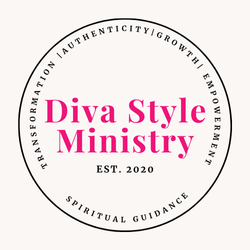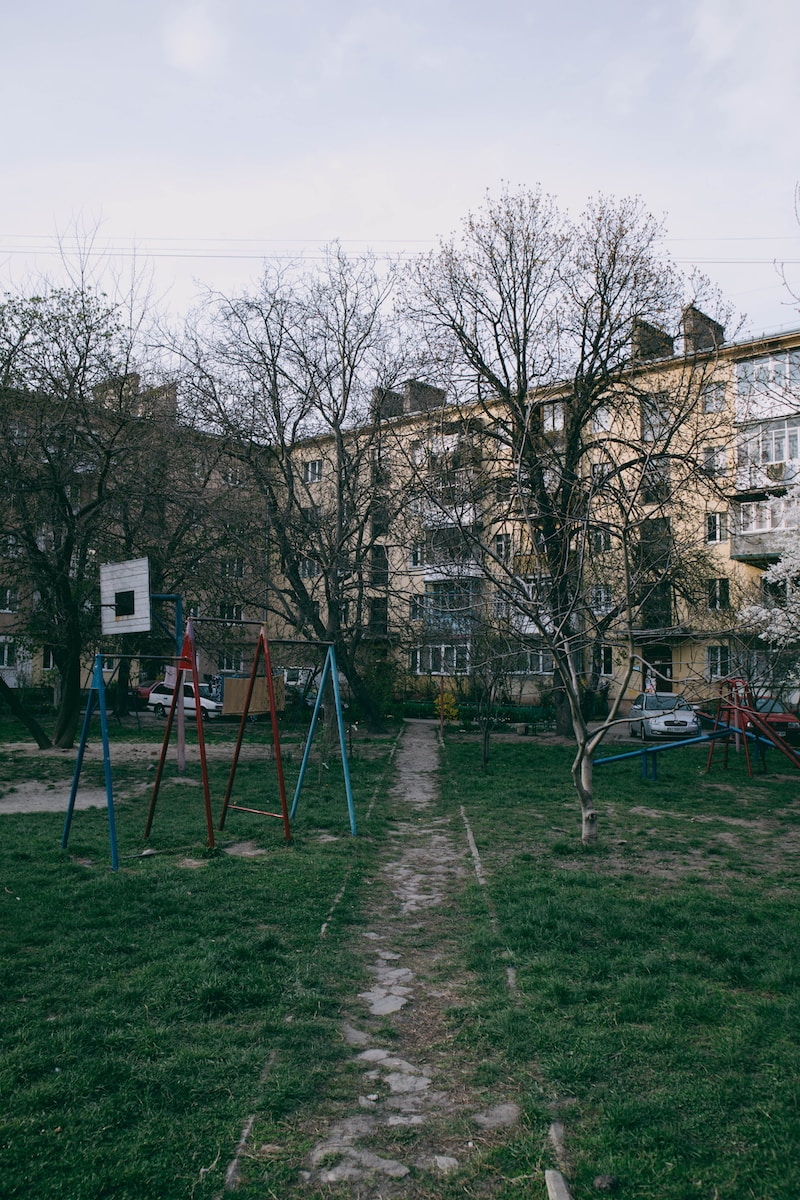Ladies 35 +, are you still carrying the weight of negative childhood memories?
It’s time to address those painful experiences and the memories of them that continue to haunt you. You’re ready to move forward – to heal and find solace – but how?
Remembering past situations can be like reopening old wounds and feeling the same emotions over and over again. Fortunately, you can use some very productive strategies to help you heal.
If you’ve never tried journaling before, let’s explore some ways that it can benefit you and guide you on the path to healing.
Reflecting on the Past
Take a moment to revisit those difficult moments from your childhood. Allow yourself to delve into the emotions that these situations evoked.
Did your father embarrass you by pointing out your teeth? Were you frustrated by your mother’s constant reminders to stand up straight?
Write about these experiences, capturing your thoughts and feelings from that time. Remember, journaling is not about editing – get those thoughts and feelings out onto the paper so you can move forward.
Gaining Clarity
Now, with the wisdom and perspective of your adult mind, reevaluate those past situations. What do you understand now that you couldn’t grasp as a child?
Perhaps your parents had good intentions, wanting to shape you into a better person. Maybe they just didn’t know any better and brought their own pain and negative experience forward, unwittingly giving you the same experience they had.
Jot down your current interpretation of those childhood events, offering yourself a new lens through which to view them.
Understanding Your Younger Self
Consider how you reacted to those challenging situations as a child. How did you make sense of what was happening? Did you confide in anyone about these troubles?
Note your coping mechanisms and the individuals who provided support during those times. This reflection will help you acknowledge the strength you possessed even then and possibly encourage you to tap into a current version of your adult self.
Connecting Past and Present
Identify any connections between your past experiences and your present emotions and behaviors. Are there patterns that persist?
Make a conscious decision to manage your feelings and choices differently now. Write down strategies for effectively handling your emotions, empowering yourself to break free from negative cycles. You don’t have to repeat the experiences from the past, and you don’t have to feel the same emotions from the past.
You’re not the same person you were then, and you can rewrite your story.
Discovering Hidden Meanings
In cases where your parents’ actions seemed incomprehensible, attempt to find new explanations.
Perhaps your father’s decision to keep you home from a trip was rooted in a desire to protect you from harmful influences.
Explore these possible reasons in your journal, granting yourself the opportunity to gain understanding and closure and offering a measure of grace to your parents.
They likely were trying their best, but even if they weren’t, it’s time to put that burden down and refuse to pick it back up again.
Rewriting Your Story
On paper, reconstruct your childhood in a way you would have preferred it to be. This exercise allows you to envision the ideal upbringing you deserved.
Embrace this learning experience as you craft a narrative that aligns with your aspirations. Through this process, you can find healing and acceptance, grace, and agency.
Breaking Free from the Past
Make a conscious decision to liberate yourself from the grip of your past hurts.
Acknowledge that these old wounds no longer define you or impact your present life.
Document strategies for releasing yourself from the heavy, burdensome weight of those negative experiences. Give yourself permission to move forward and leave behind the past that no longer serves you (if it ever did).
Embracing the Present
As you record your thoughts and emotions, be mindful of the passage of time.
Label these events as “in the past” in your journal. You can’t change the fact that they happened, but you also don’t have to let them control you right now.
Create a new section titled “In the present” and contemplate how you will respond to similar hurts now. This practice reinforces the notion that those experiences belong to a different chapter of your life, and you can choose to live differently now, according to YOUR wishes and desires.
Creating a Path Forward
Develop a plan to let go and embrace a more open and fulfilling life. Consider the steps you can take to release yourself from the clutches of historic pain.
Through journaling, outline your journey toward personal growth and resilience. Allow yourself the freedom to move on, and by writing down your plan, you can align your thoughts and emotions toward the future.
Granting Permission to Heal
In your journal, give yourself permission to relinquish the old, negative emotions. Affirm that you no longer have to carry the burden of past hurts.
Visualize leaving behind the tangled web of pain by drawing a picture or writing a symbolic statement in your journal. Embrace your release from the challenges of the past, and center your emotions on the freedom it brings.
Navigating Your Transformation
Journaling is a transformative practice that will help you navigate your healing journey and live your best life. By expressing yourself through writing, whether with pen and paper or on a computer, you can effectively discharge the troublesome feelings that have lingered for far too long.
Journaling becomes a trusted companion as you uncover the layers of your past, understand your present self, and shape a brighter future.
While you may have never explored journaling before, now is the perfect time to start. It’s never too late to reconnect with your inner self and find respite from negative childhood memories. Imagine the power of reclaiming your narrative and rewriting the story of your past.
Journaling provides a safe space where you can explore your emotions, thoughts, and memories with sincerity and vulnerability. Your journal becomes a trusted confidant, a non-judgmental sounding board, and a springboard for self-discovery.
This process of journaling and self-reflection paves the way for a transformative path forward. Outline a plan to let go of the shackles of historic pain and embrace a life of freedom, growth, and fulfillment. Set intentions and goals that will guide you toward living more openly, authentically, and joyfully.
Finally, give yourself permission to release the weight of old, negative emotions. In your journal, declare that you will no longer carry the burden of those past hurts. Visualize yourself leaving them behind on your path, freeing yourself from the entanglement of pain.
This act of self-permission will empower you to embrace the healing journey you have embarked upon, continuing to move forward one step at a time until you reach your destination.





